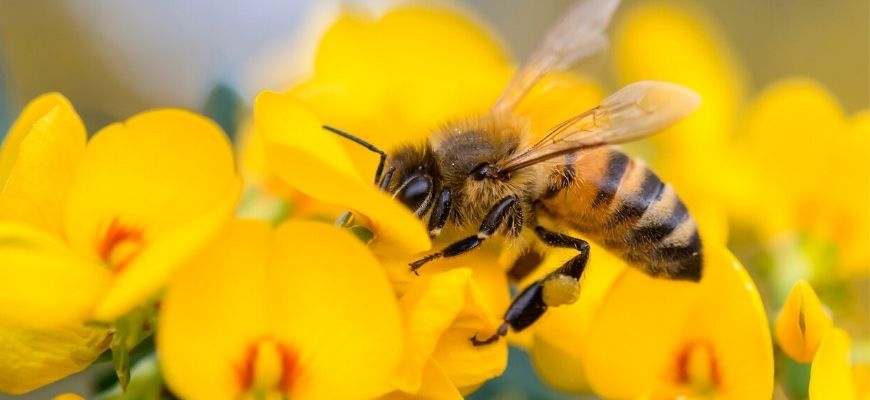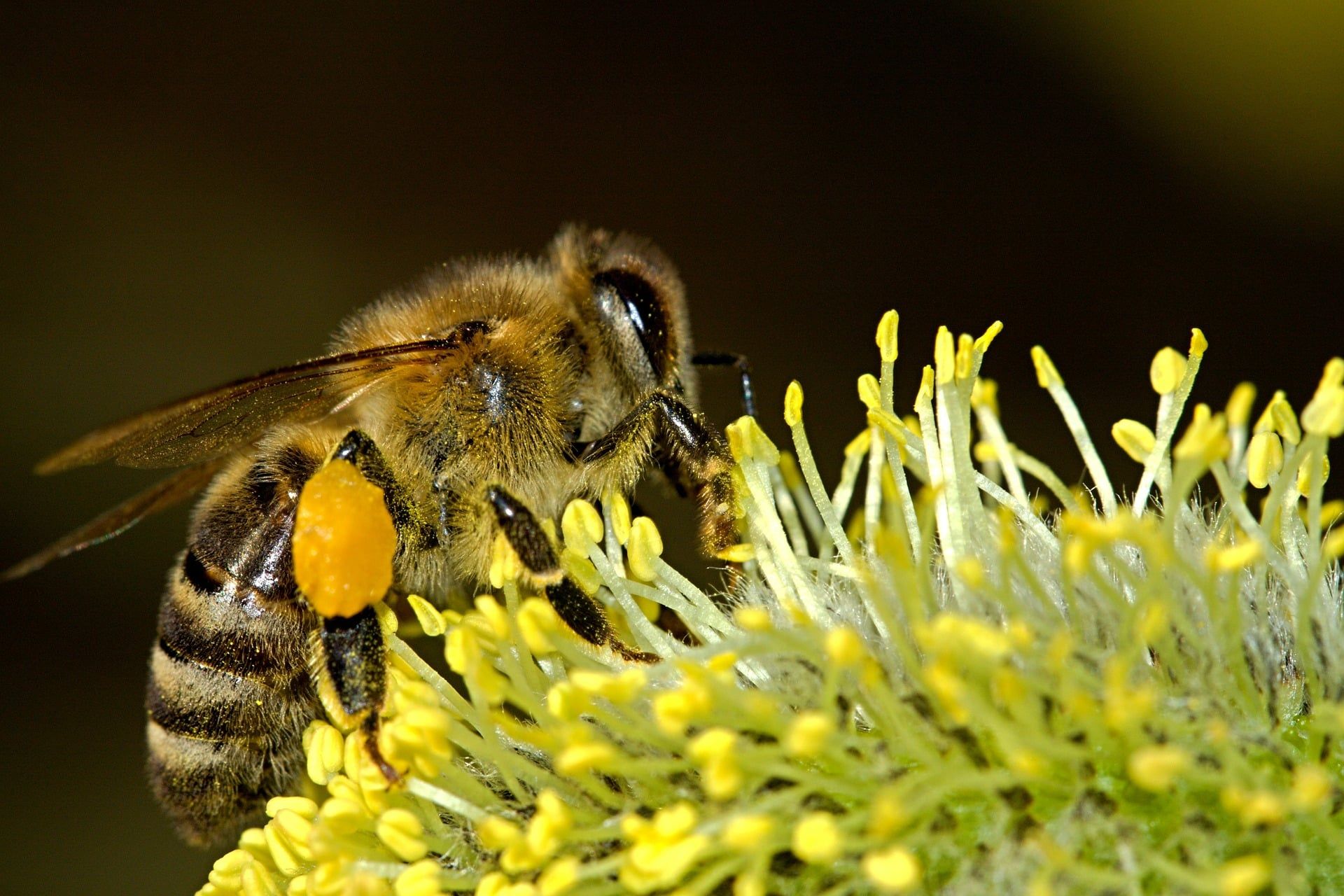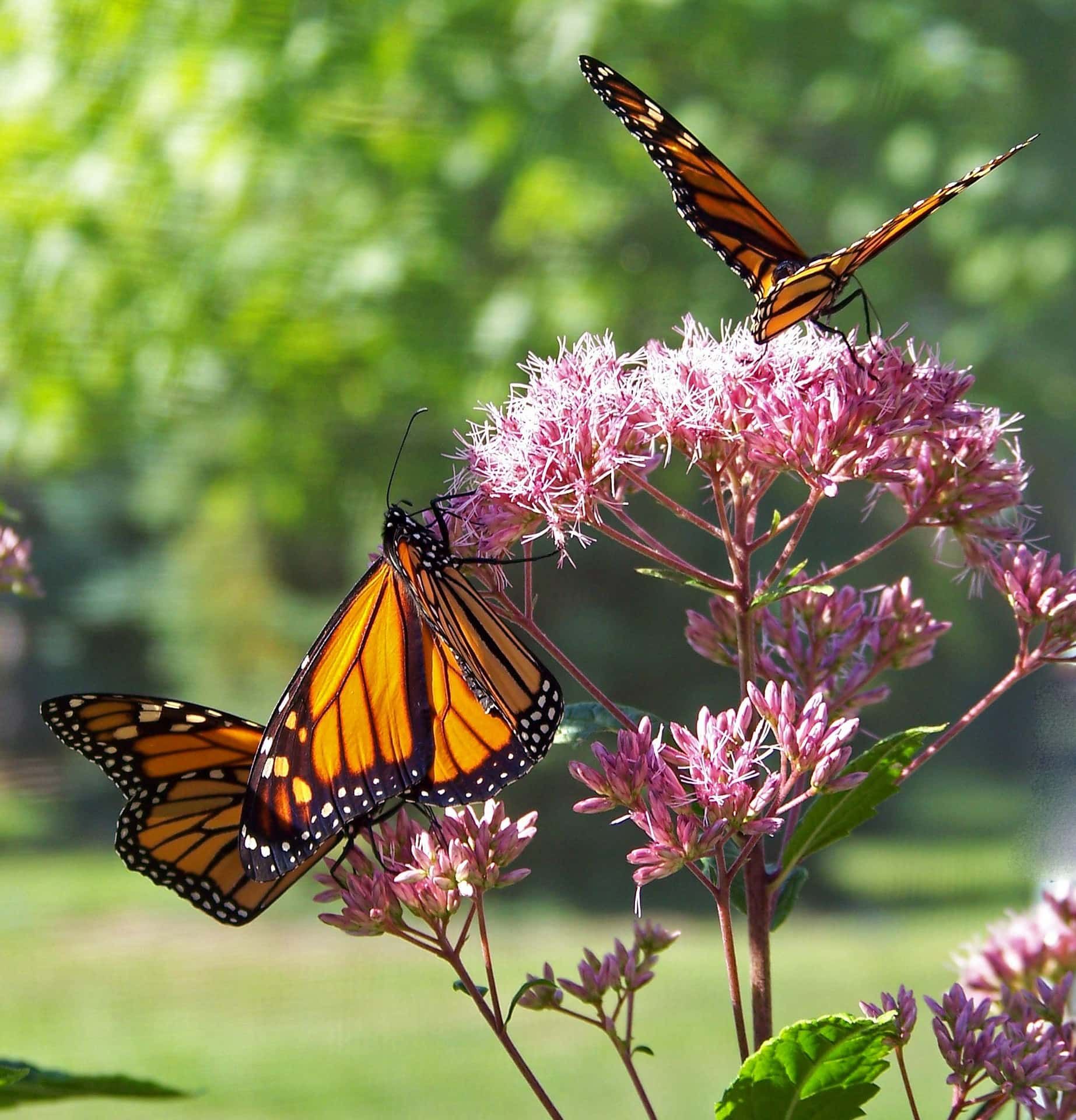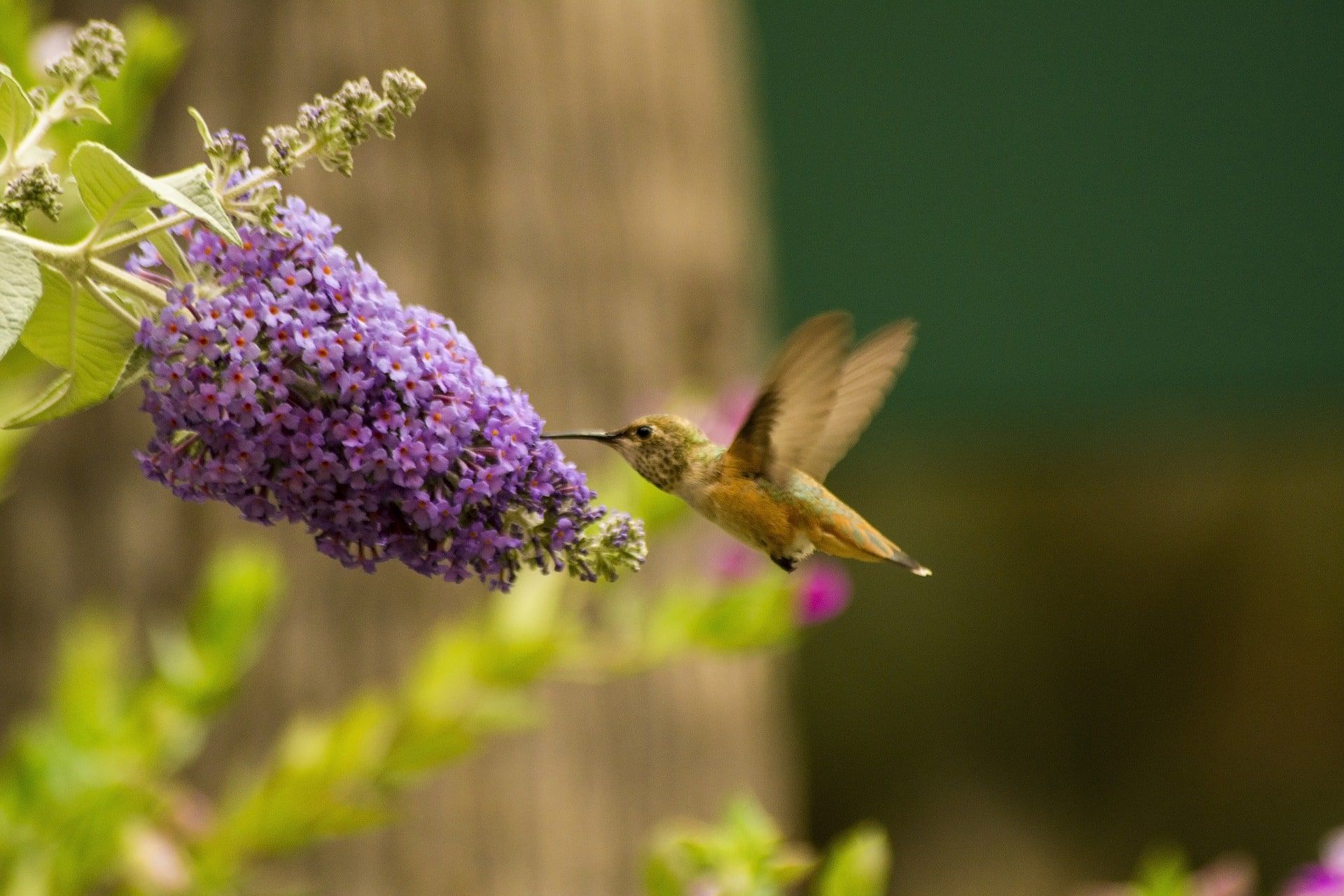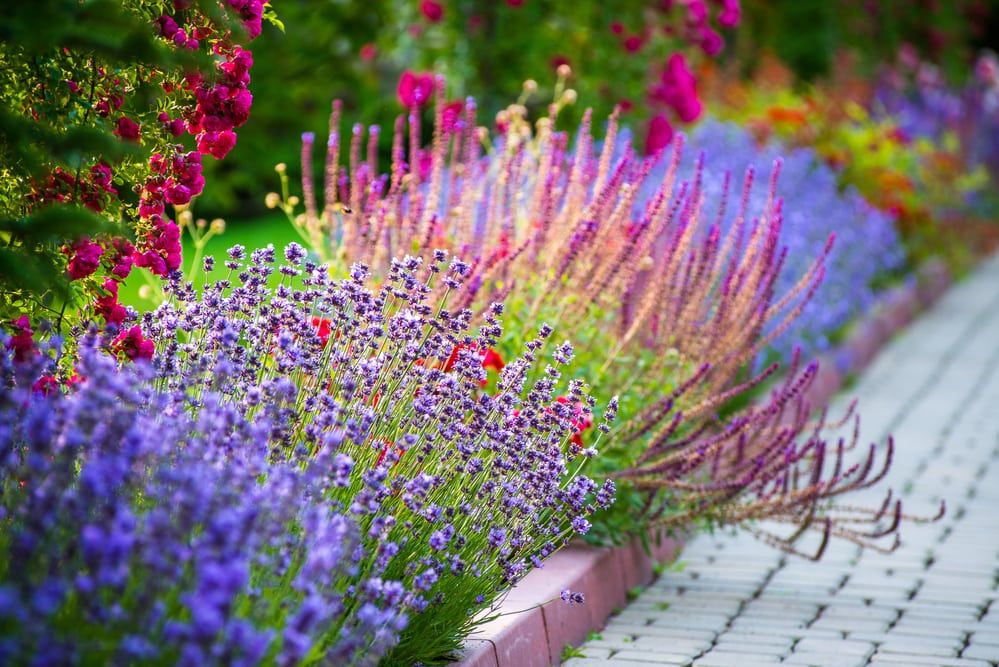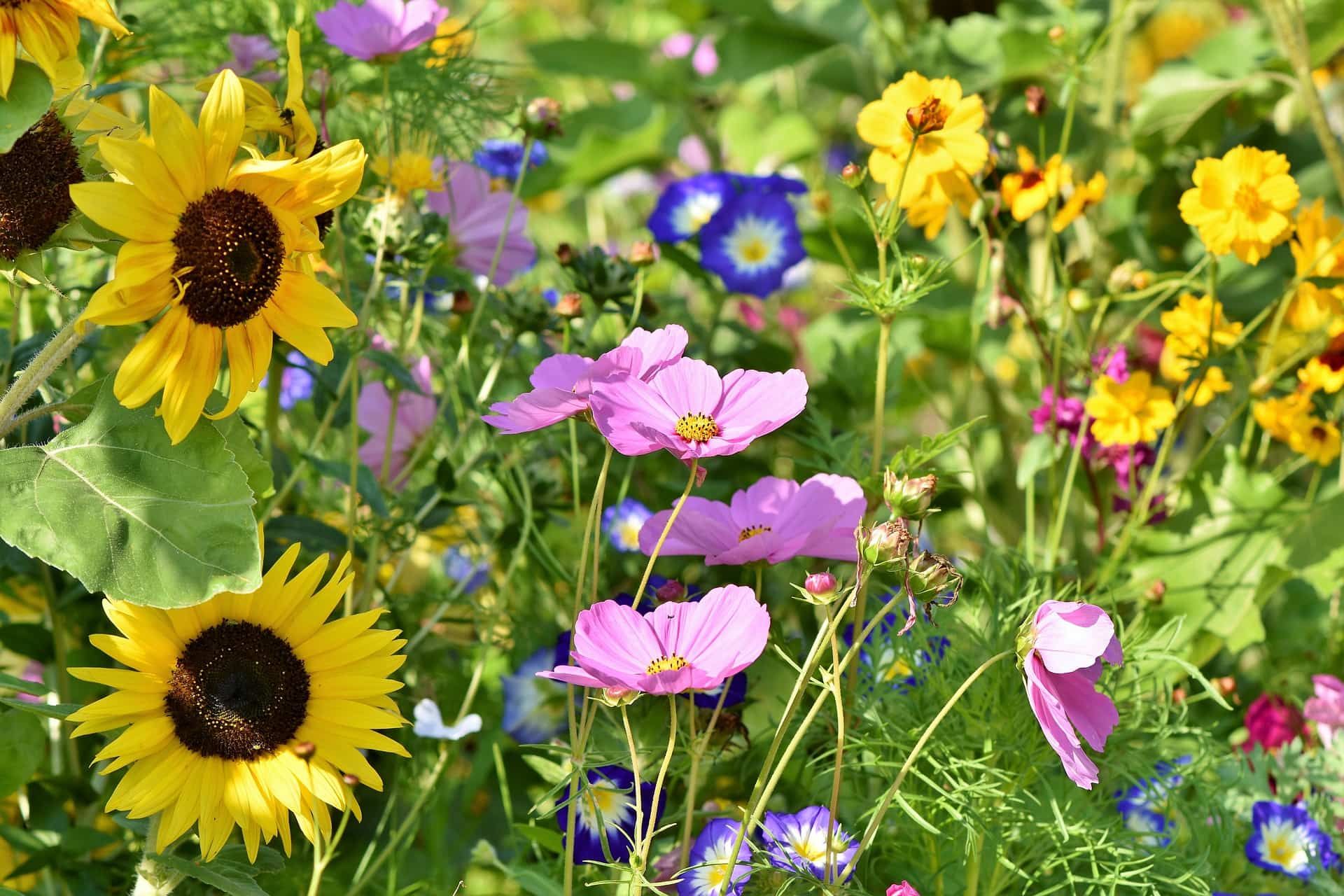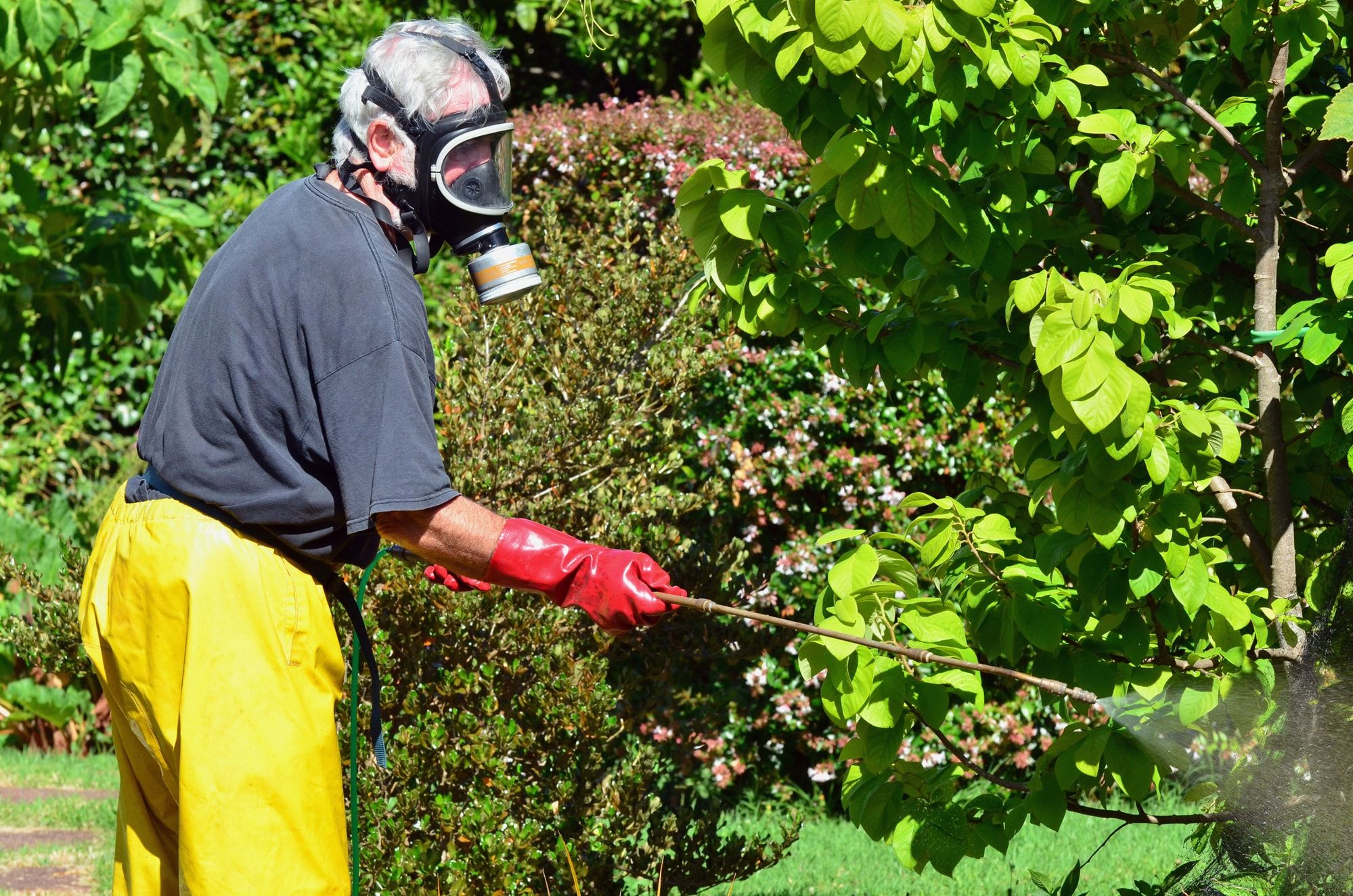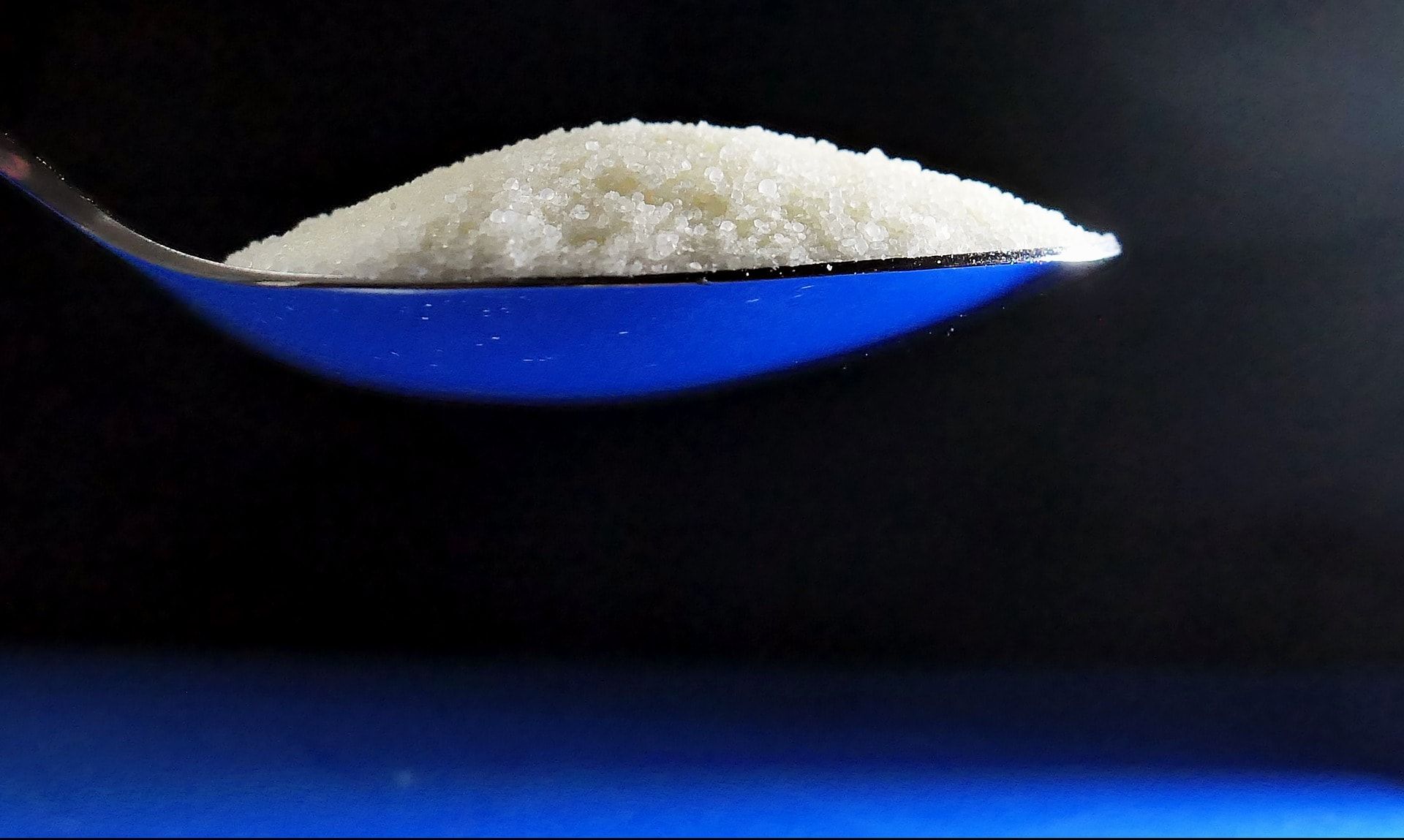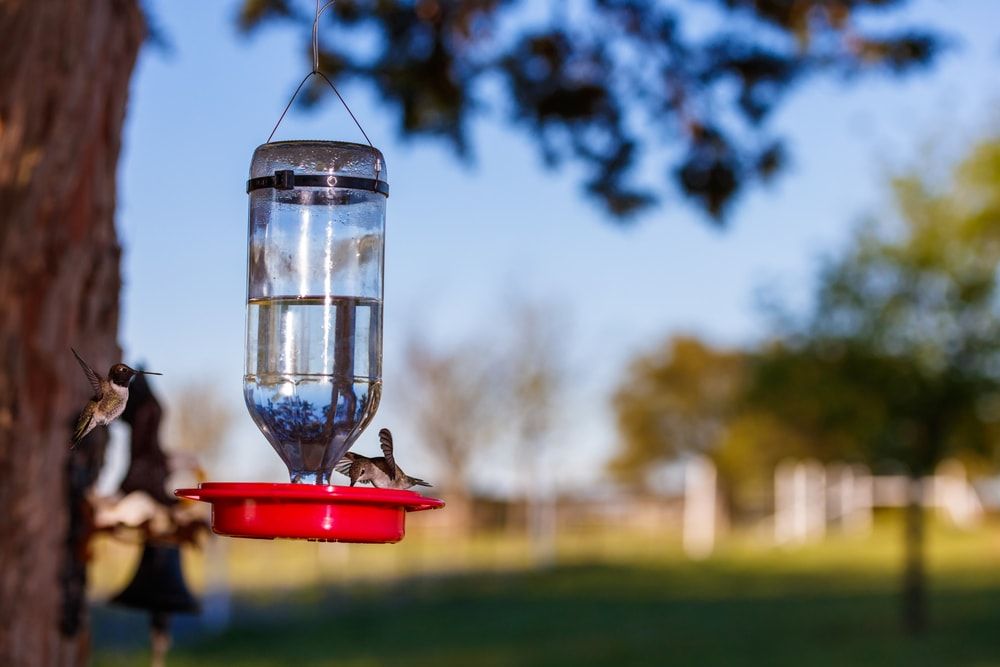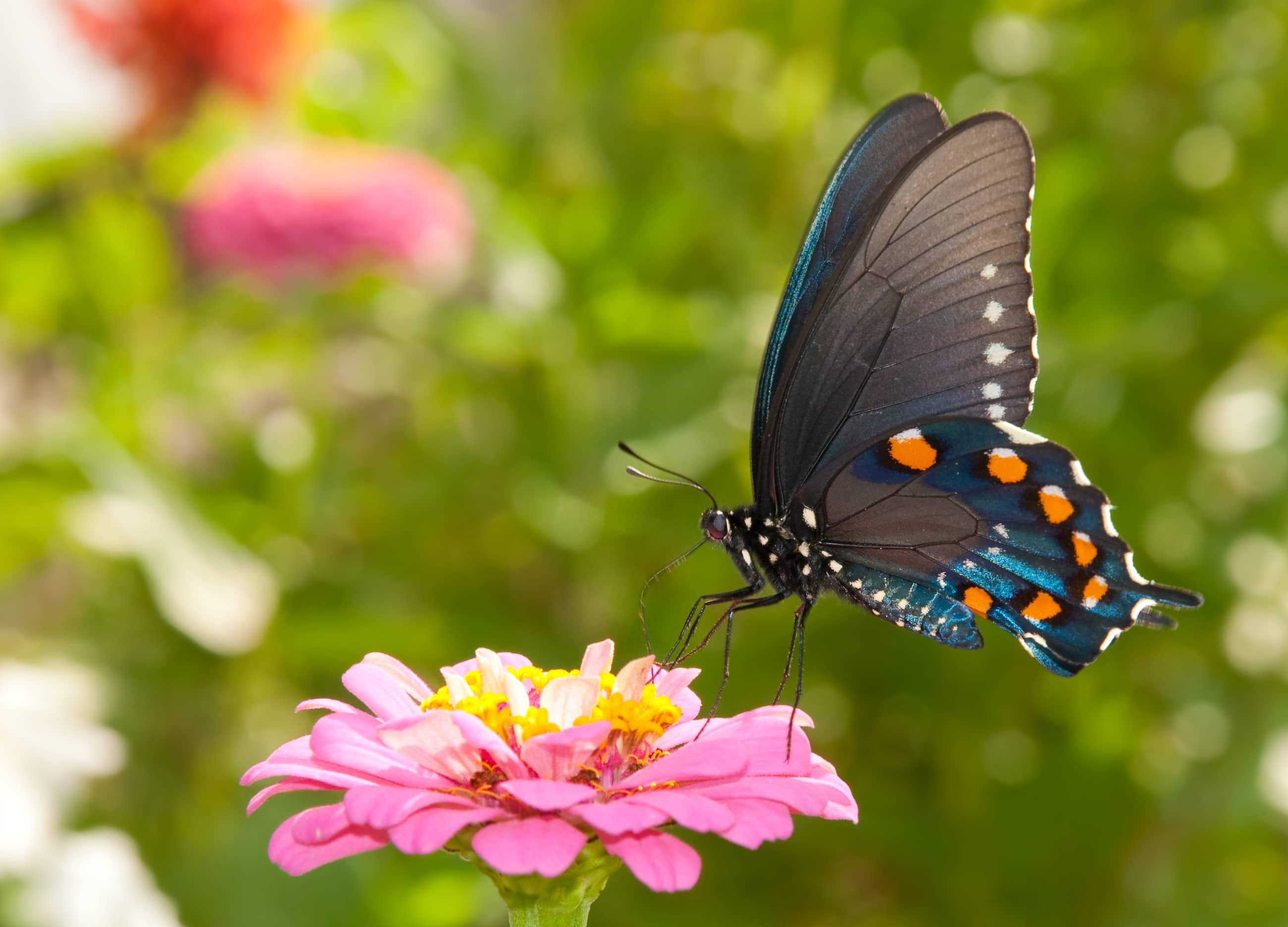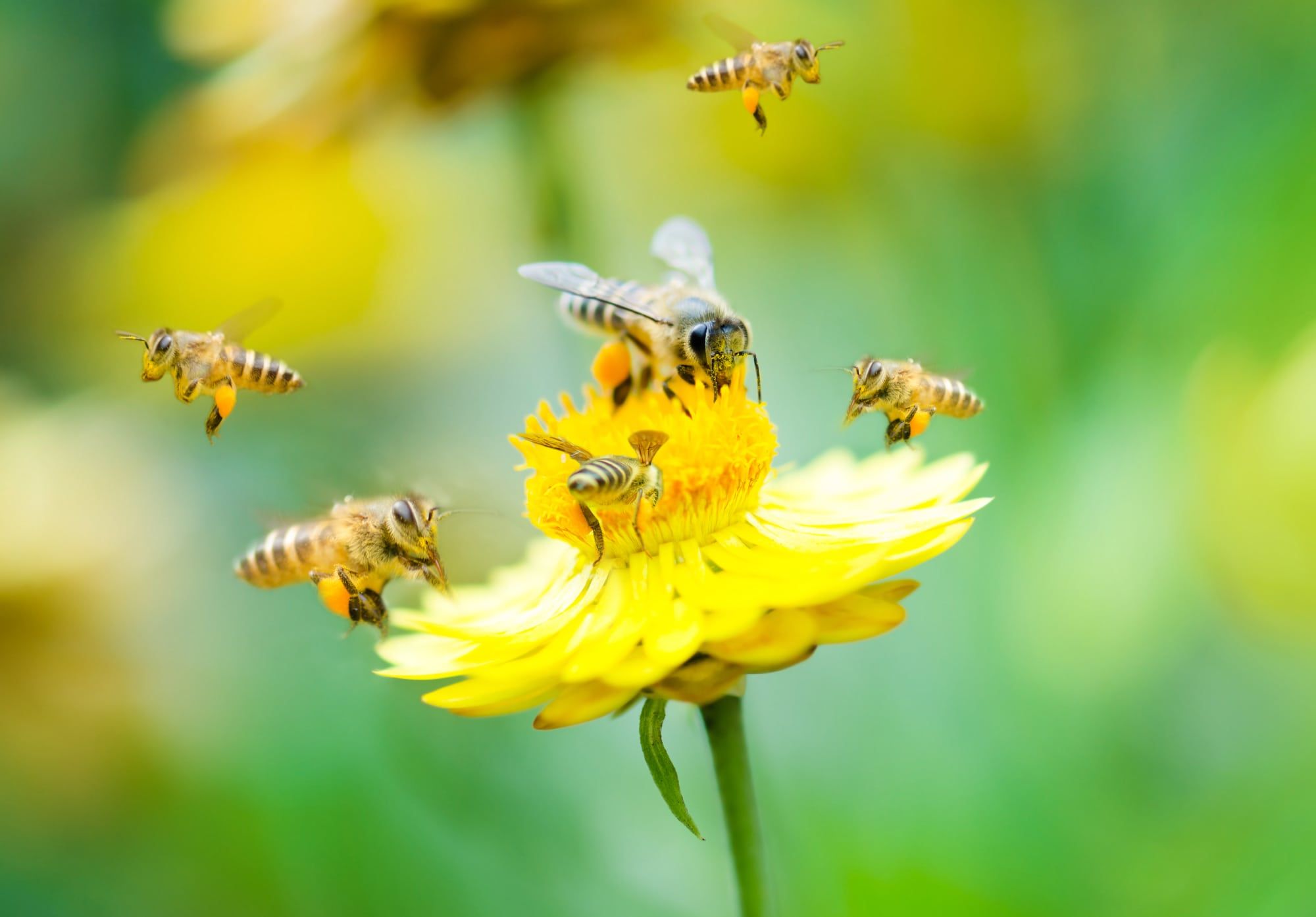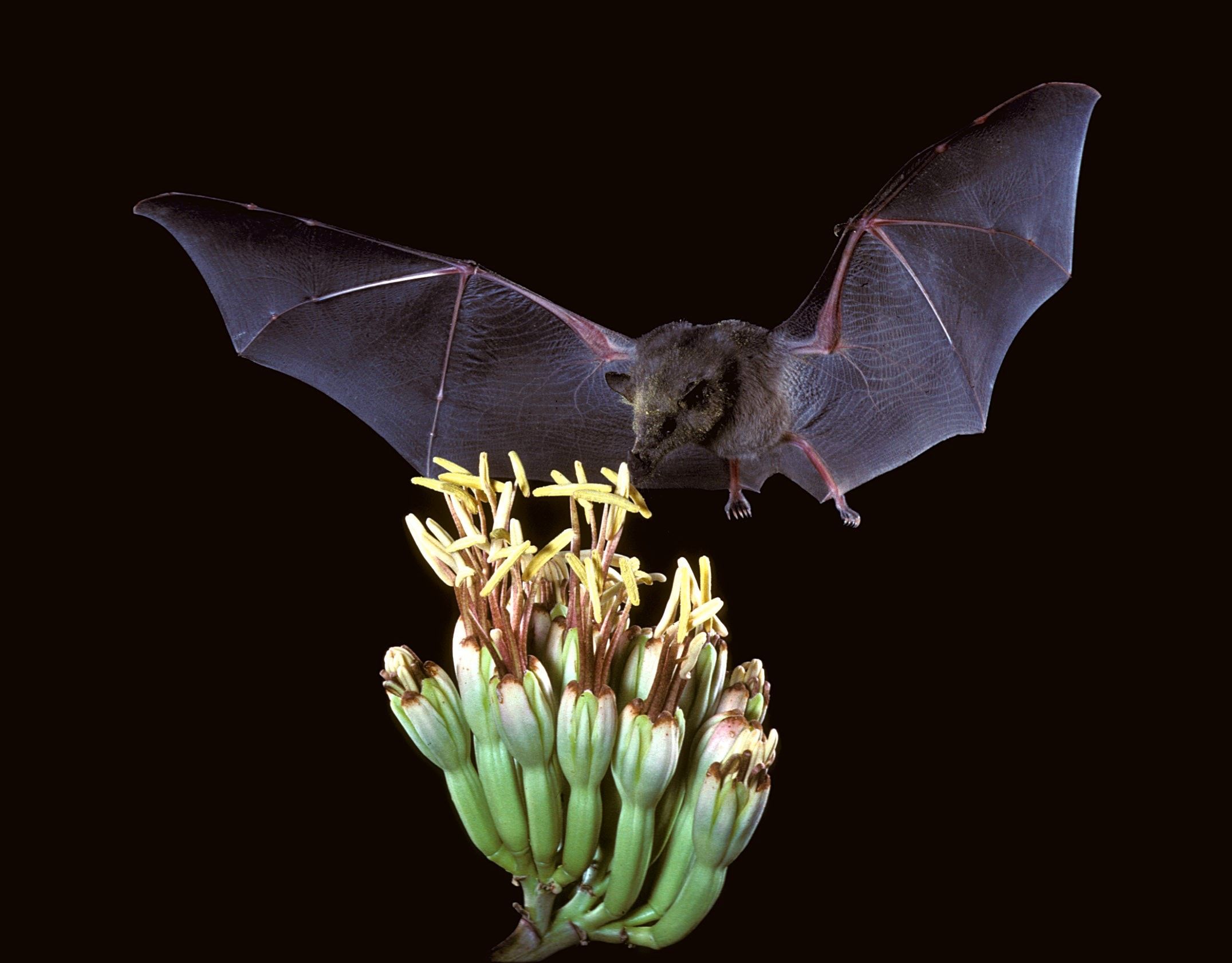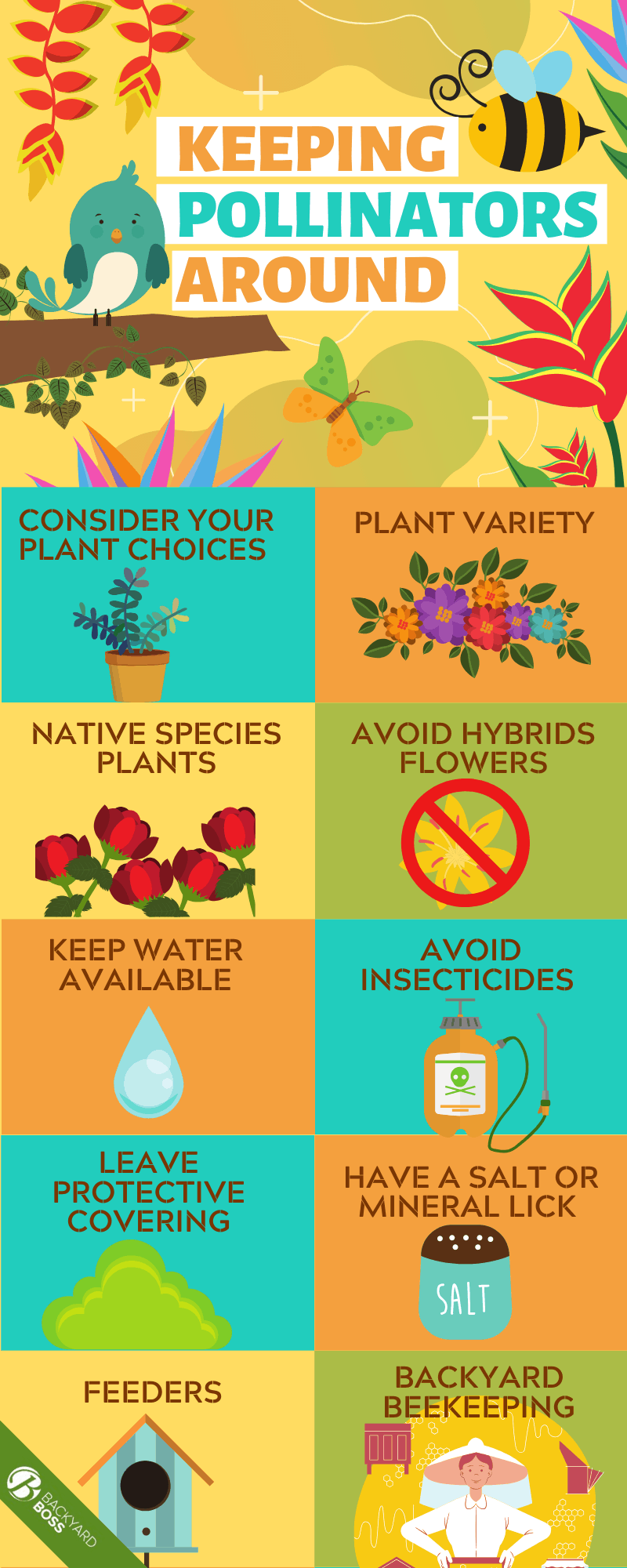Your gardens are dependent upon pollinators to thrive just as much (or even more) than the hard work you put into them. Pollinators are a critical addition to plant survival and there are many ways you can support their lifecycle, attract them to your yard, and help provide them a safe haven so they can do their jobs.
If you have been wondering what the best way for attracting butterflies, hummingbirds, and other pollinators to your yard is, this is the article for you. Learn about what they are, why they are so important, and what you can do to support them.
What are Pollinators?
Pollination is the process of moving pollen within a flower, or from flower to flower of the same species to allow for fertilization to occur. This leads to the successful production of seeds, fruits, and vegetables.
Most pollination occurs due to the transfer of pollen from one area of a plant, or from plant to plant through an outside source. These outside sources are called pollinators, and most common are birds, such as hummingbirds, butterflies and moths, bees, and other insects as they search out the nutritious, sticky sweet nectar so many blooming plants produce to attract them.
The Importance of Pollinators
Pollinators are important to allow the continuation of the health and succession of plants, especially those that we are dependent upon for survival. In the United States alone it is estimated that $40 billion worth of pollinated products is harvested annually for consumption.
Without pollination, plants are unable to support their own continuation, much less produce the foods so many industries are dependent upon. But what does this mean for your own garden?
Obviously, if you grow fruits and vegetables you want to ensure your garden is pollinator-friendly in order to have your own crops grow. This is equally true if you grow specialized flowers and are looking to keep progeny in stock for future generations. But making your gardens welcome to pollinators even if all you do is visually enjoy them is also important.
First of all, you are providing a place to rest, eat, and even grow. They also are fun to watch, provide an aesthetically pleasing component to your landscape, and serve as an excellent lesson for both children and adults alike.
What Attracts Pollinators?
Pollinators are often small and somewhat delicate, with a long list of predators. They also are very sensitive to many of the products you may use in a garden, such as chemical insecticides and fertilizers. So first and foremost you need to consider their safety when attempting to attract them to your yard.
Nectar rich flowers are an attractant to pollinators due to the nutrients they provide as the main food source. Long blooming species, as well as providing consistent blooms throughout the growing season will help keep them around. Native plants are also a great choice to incorporate into your landscape as they provide natural habitat and food sources for pollinator larvae.
Keeping Pollinators Around
Anybody can have chance encounters with pollinators from time to time, but just attracting them to your space initially isn't enough to keep them coming back for more- or better yet, sticking around consistently. As mentioned above there are a few things to think about long-term that will make these critters feel welcome.
Consider Your Plant Choices
What you plant is often the first step to getting them to your yard so it is important to start there. Since plants provide a food source, you want to ensure you give them what they want. Think of it this way, pollinators are visiting for a nice dine-in meal, and you want to give them a quality selection from which to choose. This is especially important when you are looking to attract a wide variety of species that will have different tastes and needs for feedings. Those details are discussed further down in the article.
Variety
Provide a variety of plants throughout the property to allow for space to feed unharassed and without creating competition for food. Plant these various species in clumps so they create blooms of color and growth to help attract your birds and insects to them.
Don’t choose the plants that only bloom through the day either. Include a mix of night-blooming variety to support moths and bats as well.
Choose various colors, wide blooming flowers, long-lasting flowers, and the flowers that bloom through various seasons to allow for feeding stations starting in early spring through late fall. These early options are especially important to provide early emergers a chance to restore their energy after the color winter months. Late-blooming flowers allow pollinators to stock up for the winter, and feed those who are migrating into warmer climates.
Native Species
Including native species in your landscape is also important. These are hardy plants that are already well adapted to the soils and climates, plus they offer both food, protection, and a place to breed for native animal species.
Avoid Hybrids
You don’t have to completely forgo the beauty of carefully hybridized flowers, but be aware that they are often not supportive of pollinator species since they have been genetically bred for size, color, and often a lack of fragrance. Many times their shape is not supportive of pollinator feeding appendages, and they may lack both in pollen and nectar since they are often carefully bred by hand independent of natural fertilization.
Avoid Insecticides When Possible
By all means, do not allow your garden to be overrun with plant destroying insects because you are scared to kill off pollinators. After all, a dead garden isn’t going to support them either. Just be aware that many insecticides, especially chemical created ones, are often dangerous to more than just beneficial insects.
Keep in mind that the majority of insects are active during the day, so choose to spray insecticides wisely, such as at night when they are least active. Most plant destroying insects eat the plants themselves, and so the residue of the poison is left for them to ingest the following day. This way you avoid inadvertently spraying, and poisoning, pollinating insects.
You can also choose to use more organic options. Again, be smart about when you spray, but at least you won’t be leaving behind harsh ingredients that may inadvertently harm anything else that may come in contact with it. Neem oil is a popular choice, as is using hot pepper oils and powders, diatomaceous earth, and even soap and water. Read about how to use these to properly help eradicate garden pests. Often they may not take care of your problem all on their own but will aid in helping you cut back on more harsh measures.
Keep Water Available
Pollinators need water too! Birdbaths are a great way to keep a water source handy, but so are shallow dishes of water, sponges, and rain catch basins. Flowing water is also attractive to insects and birds. If you have a pond or fountain consider providing some vegetative cover to allow for protection for small critters to hide from predatory birds.
Have a Salt or Mineral Lick Available
Salt and minerals are very attractive to butterflies and other beneficial insects. You can purchase these, or even make your own with a little table salt and native soil. Keeping them damp is also a way to allow for easy access. Do so with a slow water drip, irrigation line, or create a ground-level bird bath for cool, damp soil you can place plain table salt on (sea salt is even better if you have it).
Leave Protective Covering
Even though you may want to trim back that dead brush and tree limbs, consider leaving a few in place for protective cover. Many bee species burrow into deadwood and you can provide them home by leaving these in place, or even drilling small holes into them to help get them started.
Dense trees are also a welcoming place for hummingbirds to nest as they seek sturdy, protective cover for their very small nests and progeny. Branches and cover also provide a place for butterflies to pupate and rest during their migratory periods.
Hang Hummingbird and Butterfly Feeders
Hummingbird and butterfly feeders are a great way to supplement natural nectar, especially early and late in the growing season. They also often feed a wide variety of other beneficial insects and often attract many songbirds as well.
Butterfly, Bee, and Bat Boxes
Butterfly, bee, and bat boxes are a great way to provide purposeful protective cover. Be sure to follow the suggested directions about where to hang to both attract and help keep your visitors safe.
Consider Backyard Beekeeping
If you have space, consider keeping your own beehive. This has become a popular hobby for many gardening enthusiasts and is not a difficult task once you are all set up. Be sure to research the topic fully to determine if this is a good choice for you, and consider the proximity of your neighbors in order to avoid ‘crowded chaos’.
Common Pollinators and What You Can Do
There are a few tips to help bring and support the most common pollinators most likely already lurking around your property. Of course, every area has its own particular species with various habits, and you can learn more about your area by visiting a local Extension Office.
Butterflies and Moths
Native plants are incredibly supportive of the butterfly life cycles of your area. They are not only drawn to the flowers they also use plants to protect their eggs, feed their larvae, and support their pupation. They may also work in tandem with other insects, such as ants who may protect various species of larvae as the larvae secrete honeydew that feeds the ants.
Moths are also very beneficial for pollination although many times their larvae can be destructive to vegetation. Be aware of the species you see in order to control them properly.
Hummingbirds
Hummingbirds are migratory and are drawn to colorful plants that provide sweet nectar. You can hang feeders as well to ensure they keep coming back. As mentioned, they nest in dense, protective bushes and trees. They are especially important as they will transport pollen over long distances. They are also highly territorial and will defend where they feel safe.
Bees
There are literally 100’s of bee species that nest in various places both above and below ground. They are most likely the most effective pollinator in existence and most plants have adapted specifically to attract them to ensure survival. Be wary of how you apply insecticides to keep them safe and allow protective areas for nesting and care. If you do happen to end up with a problematic nest, call a local beekeeper for removal as they will protect the integrity of the nest and relocate them.
Wasps and Flies
Most wasps and flies are attracted to the sweet nectar of flowers in bloom and thus serve as pollinators as well. Unfortunately, that is most likely to be viewed as a nuisance, and in some cases, wasps can be highly aggressive and dangerous. Flies can also be unhygienic. If they are not a problem, let them be, but when they are an issue use traps specific to the insect for control.
Bats
Many bats serve as excellent pollinators as well, and although they usually live in colonies, they may take up residence in bat houses. If you know bats populate areas near you, and you would like to draw them into your area, look for the plants they seek out and plant them in abundance.
Conclusion
Attracting and keeping pollinators in your gardens is not at all a difficult task if you are willing to apply some specific supportive landscaping changes. Native plants are generally a must for the lifecycle of many various pollinating insects, and also draw in birds and bats. Also, keep in mind that these are delicate creatures and have many predators. Other insects, birds, cats, and dogs may go after them, so be aware of the protection you offer.
If you have any questions or comments, please let us know below. And, as always, please share!

